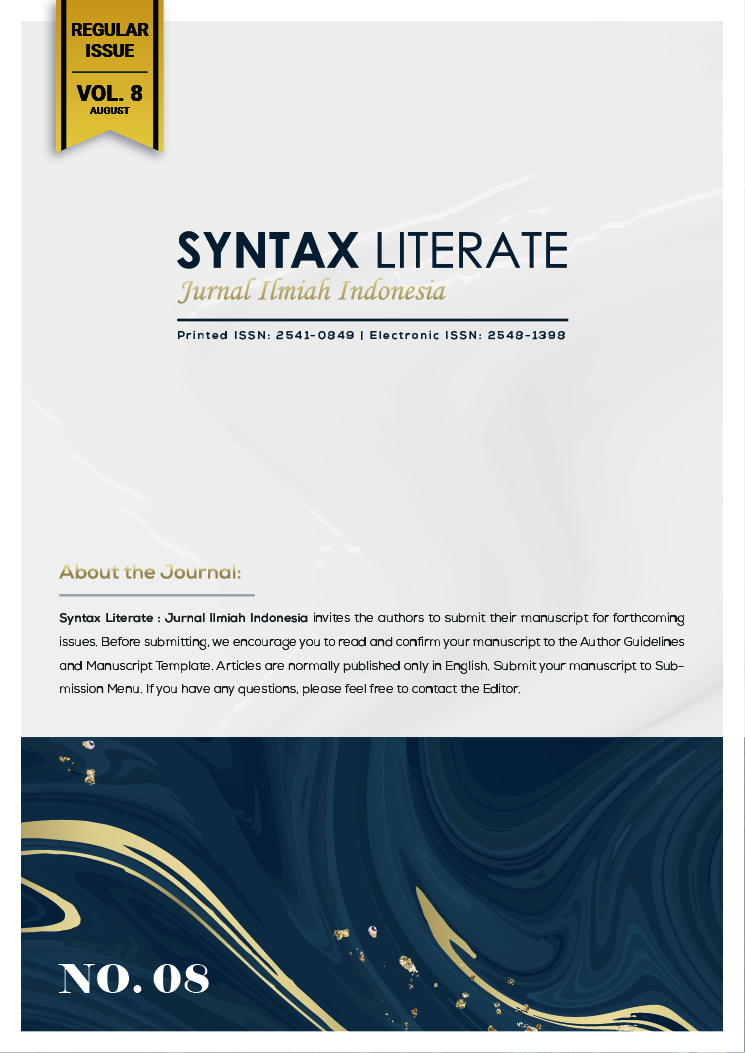Kajian Kemampuan Bangunan Hikmat Menjaga Keamanan Insfrastruktur Kereta Api dari Bahaya Banjir
Abstract
In an effort to improve accessibility between regions and economic equality, the government has built many transportation supporting infrastructure such as toll roads, ports and railways. The construction of road and rail-based transportation lines will have an impact on the environment, especially transportation routes that cut through watersheds. The cutting of the watershed by the infrastructure of transportation facilities causes changes in the flow pattern of rainwater falling in the catchment area resulting in flooding. On the railway-based transportation line, to drain flood discharge, the Hikmat Building (BH) was built. The Wisdom Building is a building that cuts a railway track similar to a bridge or culvert, so that water can flow under the railway track. As a flood control building, wisdom building must be able to drain flood discharge that occurs both from upstream and from the halir of a watershed. The flood discharge that must be served by the wisdom building consists of three sources, first from the water discharge of the railway line drainage channel and second from the Catchment Area (DTA) / Catchment Area, and third the flow of water due to overflowing water discharge from the nearest river downstream of the Catchment Area. The calculation of the flood discharge of the Lematang Hilir Sub watershed with a 25-year anniversary of 131.94 m3 / s, while the installed wisdom building is only able to drain 78.74 m3 / s. For this reason, it is necessary to build a new wisdom building in the form of a box culvert with dimensions of 1.5 x 1.5 m as many as 10 units with a total drainage capacity of 77.10 m3 / s. The analysis only considered the ability of the Lematang River to receive flood discharge from upstream under normal conditions.
Downloads
Copyright (c) 2023 Sentot Purboseno, Yudhi Hartanto, Didit Puji Riyanto, Hana Siti Kusumadewi

This work is licensed under a Creative Commons Attribution-ShareAlike 4.0 International License.











